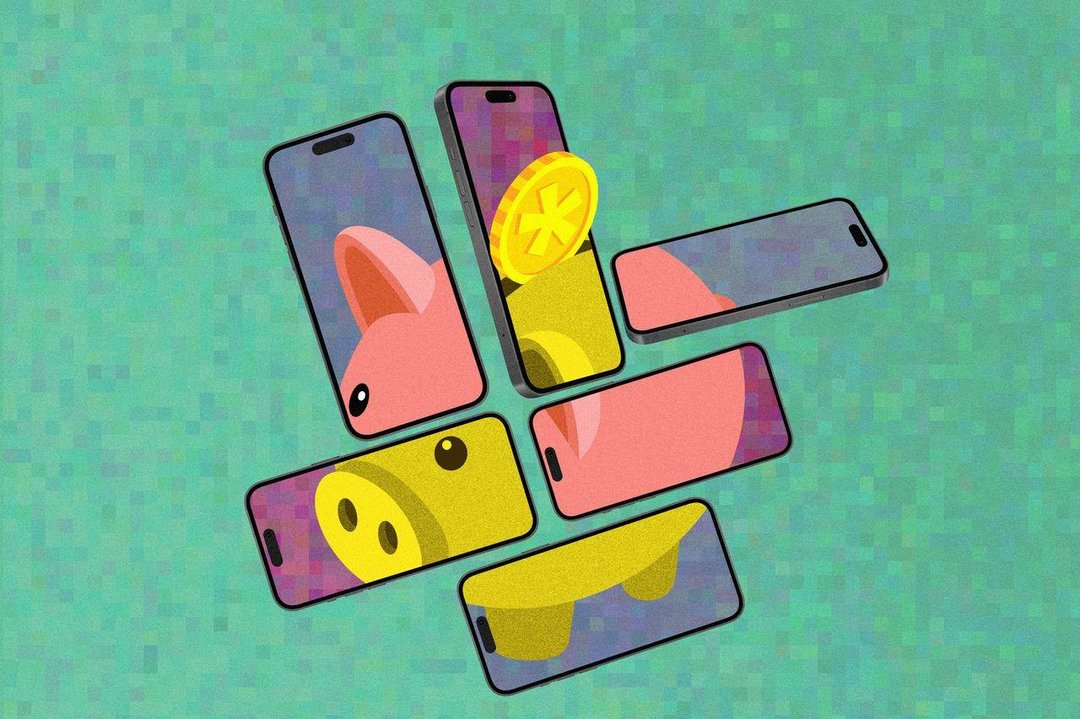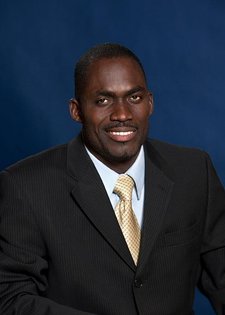
By Rachel Louise Ensign
Feb. 26, 2024
A few months after the Federal Reserve started aggressively raising interest rates in early 2022, Sam Kuperstein opened a savings account at online bank UFB Direct to earn more on his extra cash.
The Springfield, N.J., resident assumed the advertised 1.81% rate—which at the time was among the highest marketed by U.S. lenders—would keep rising as the Fed kept hiking. Then, last September, he found out that his rate hadn’t budged, even though the bank advertised a savings account that paid more than 5%.

Illustration: Emil Lendof/The Wall Street Journal, iStock
The bank had rolled out a new, nearly identical savings account every few months over that period, giving the product a slightly different name each time. Like Kuperstein, some customers with older accounts were unknowingly stuck earning lower rates, even as the Fed raised interest rates over two years by about 5 percentage points.
Online-centric banks such as UFB, Capital One Financial and CIT Bank attract deposits by paying rates far higher than typical bricks-and-mortar banks. Rates on these high-yield accounts generally rise alongside U.S. interest rates without depositors needing to take any action. But some customers say these lenders deceived them by advertising competitive rates while paying longtime customers lower ones. In some cases, only customers who were monitoring their bank’s every move could notice and respond to the changes.
“You think you’ll get a higher rate and it will keep going up,” said Ken Tumin, founder of DepositAccounts.com, a website owned by LendingTree that tracks banks’ account offerings. “But there are games they play to get deposits without having to pay the highest interest rates.”
UFB is taking these tactics to another level. When Kuperstein opened his UFB account, the bank simply called the product Savings. A few weeks later, the lender advertised Rewards Savings as its main offering, paying 2.21%. It left the rate on the older account called Savings at 1.81%, Kuperstein said.
The bank did this eight more times. Best Savings, Preferred Savings, and Priority Savings were among the names that followed. The current offering, Secure Savings, pays 5.25%.
“Only the biggest rate chaser that’s monitoring what the bank is offering every week and what their account is paying will notice that. The vast majority of people won’t be that observant,” Tumin said. Some reviewers on his site report that UFB lowered their rates after the bank established new accounts.
Andrew Edwards, a 61-year-old product manager, found UFB through an internet search and opened an account earning 3.01% in September 2022. The bank sent him an email in March 2023 advertising a 5.02% rate on Preferred Savings, but it took Edwards eight months to realize that his account was instead an Elite Savings one earning a lower rate.
The bank’s main website lists only one savings account—the newest one with the highest rate. When Edwards visited his online-banking page, he thought there was a glitch where his interest rate was listed.
“You just assume they only offer one high-yield savings account,” said Edwards, who lives in Southern California and estimates he lost out on $3,000 on a six-figure balance.
UFB is a part of Axos Financial, a fast-growing and publicly traded Las Vegas lender once known as Bank of the Internet. Axos said the number of customer interest-bearing checking and savings accounts grew by nearly 100,000 last year.
Customers held $11 billion in those savings accounts at the end of December, double the amount from a year earlier, and earned an average rate of 4.32%. Axos didn’t respond to several requests for comment.
“Who would reject making more interest on their money?” Kuperstein wrote to UFB when he learned of the different accounts after calling the bank. He is now a plaintiff in a proposed class-action lawsuit against the bank filed in federal court over the issue.
Capital One is facing a similar suit. Some longtime customers discovered that their legacy savings accounts are earning 0.3%, far less than the 4.35% the bank advertises on its main savings account, The Wall Street Journal reported in January.
Capital One says its highest-yielding savings account is marketed widely and isn’t restricted to new customers.
Howard Bachman, 82, switched to CIT in February 2020. CIT’s account was paying nearly 2%, well above what his Capital One account was paying. The Omaha, Neb., resident left a five-figure sum in the account.
After the Federal Reserve cut rates at the start of the pandemic, CIT dropped the rate on his “Savings Builder” account to below 1%. Once the central bank started hiking, CIT, now owned by Raleigh, N.C.-based First Citizens BancShares, saved its biggest rate increases for customers with a newer product called Savings Connect.
The retired professor noticed in August 2022 and switched to the better offering. He started watching the bank’s website more closely and moved accounts again a few months ago to yet another account, called Platinum Savings. That account now pays more than 5% on balances of $5,000 or more. He said CIT never told him about the better-paying accounts.
Meanwhile, other CIT customers with accounts called High Yield Savings and Premier High Yield Savings are getting just 0.25%.
“CIT Bank regularly and proactively communicates with our customers about our variety of savings accounts, including new products, each with unique features and eligibility requirements, so that customers can choose the savings product that works best for them,” a spokeswoman said.
Retired biology teacher and Clinton, Tenn., resident Theresa Holtzclaw, 74, has also switched CIT accounts twice since early 2022 to earn more. “Their rate is very competitive now that I know to keep my eye on it,” she said.
Write to Rachel Louise Ensign at Rachel.Ensign@wsj.com
Dow Jones & Company, Inc.



